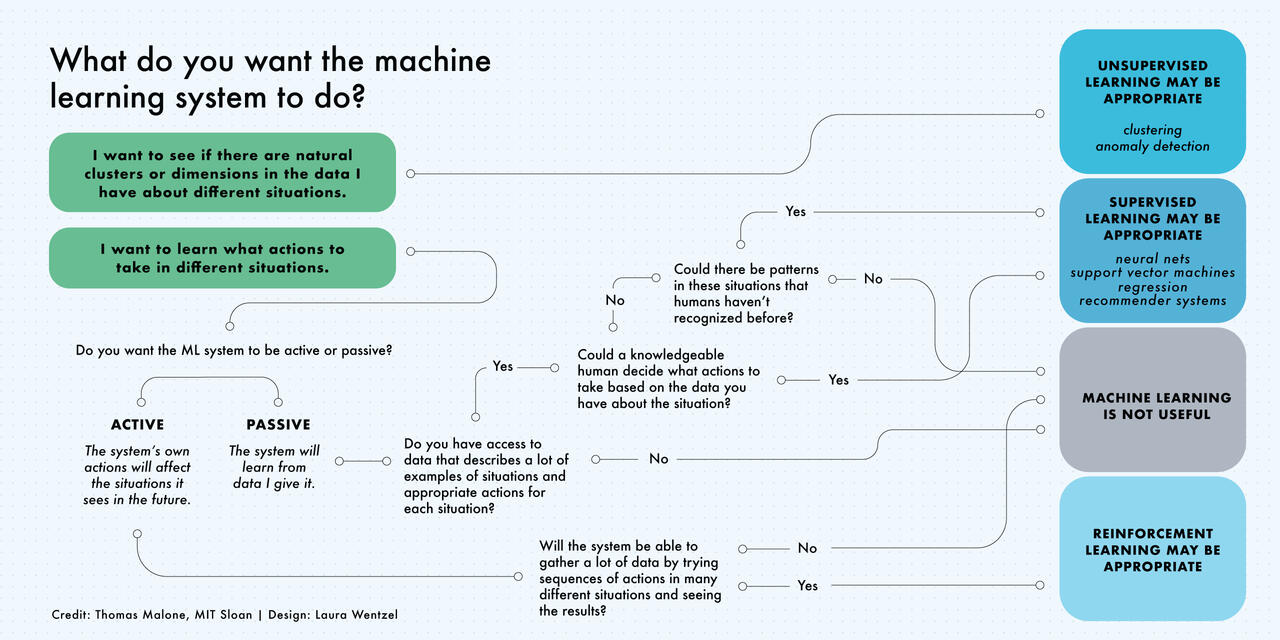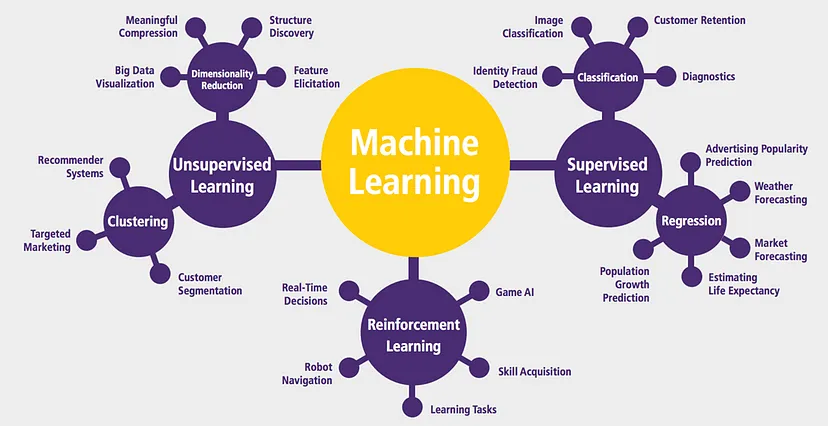Introduction
Machine learning, a subfield of artificial intelligence (AI), is the driving force behind many modern technologies, from chatbots and predictive text to autonomous vehicles and medical diagnostics. It's a field that enables computers to learn without being explicitly programmed, and it's changing every industry. This article explores the definition, types, and applications of machine learning, providing insights into its potential and limitations.
What is Machine Learning?
Machine learning is defined as the capability of a machine to imitate intelligent human behavior. It's a way to use AI, allowing computers to recognize visual scenes, understand natural language, or perform actions in the physical world. Arthur Samuel, an AI pioneer, defined machine learning in the 1950s as "the field of study that gives computers the ability to learn without explicitly being programmed."
Types of Machine Learning
Machine learning can be categorized into three main types:
Supervised Machine Learning
Models are trained with labeled data sets, allowing them to learn and grow more accurate over time. For example, an algorithm trained with pictures of dogs and other objects can identify pictures of dogs on its own.
Unsupervised Machine Learning
This type looks for patterns in unlabeled data, finding trends that people aren't explicitly looking for. It can analyze online sales data to identify different types of clients, for example.
Reinforcement Machine Learning
Machines are trained through trial and error using a reward system. It can train models to play games or drive autonomous vehicles by reinforcing correct decisions.
Applications of Machine Learning
Machine learning has a wide range of applications across various sectors:
Business: From manufacturing to retail, machine learning unlocks new value and boosts efficiency. 67% of companies are using machine learning, according to a recent survey.
Healthcare: Machines can diagnose medical conditions based on images, offering insights that may be beyond human capability.
Environment: Concerns about the economic and environmental sustainability of deep learning, a subset of machine learning, are being addressed to ensure responsible usage.
Entertainment: Platforms like Netflix use machine learning for personalized suggestions, enhancing user experience.
Ethical Considerations
Machine learning also brings social, societal, and ethical implications. It's vital to engage with these tools responsibly, considering how to use them for the good of all. Understanding the potential and limitations of machine learning is essential for leaders across industries.
Conclusion
Machine learning is not just a technological advancement; it's a paradigm shift that's influencing every aspect of our lives. From understanding its basic principles to recognizing its potential and limitations, machine learning is a field that no one can afford to ignore. Its applications are vast, and its impact is profound, shaping the future of work, healthcare, entertainment, and more.



0 Comments:
Post a Comment